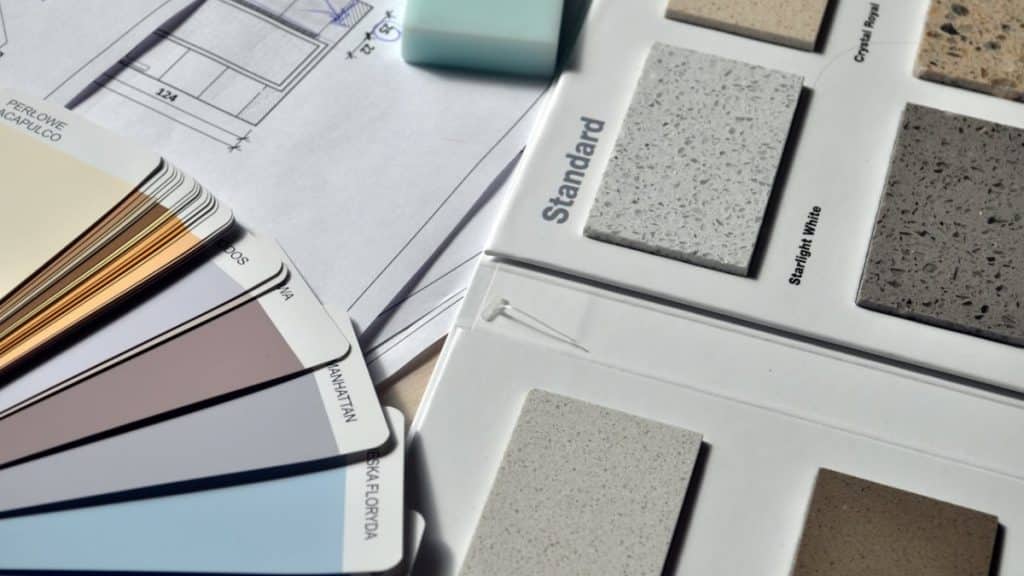Are you looking to boost your home’s value without breaking the bank? A well-planned renovation can be the key to unlocking your property’s full potential. By making strategic updates, you can not only enhance your living space but also increase its resale value.
In this article, we’ll guide you through the process of planning a renovation that will yield a significant return on investment. From identifying areas of improvement to selecting the right materials, we’ll provide you with practical tips and expert advice to help you get the most out of your renovation.
Setting Renovation Goals
Before you start tearing down walls and selecting fixtures, it’s necessary to define your renovation goals. A clear understanding of what you want to achieve will help you create a well-planned renovation that meets your needs and increases your home’s value.
Identifying Your Motivation
The reasons behind your decision to renovate your home at Nava Grove can significantly impact the direction of your project. Are you looking to increase your home’s resale value, improve its functionality, or simply enhance its aesthetic appeal? Identifying your motivation will help you prioritize your goals and make informed decisions throughout the renovation process.
Determining Your Budget
For a successful renovation, it’s crucial to establish a realistic budget and stick to it. You’ll need to consider not only the cost of materials and labor but also contingencies for unexpected expenses.
It’s necessary to be honest about your financial situation and set a budget that works for you. Consider your income, expenses, and savings to determine how much you can afford to spend on your renovation. Remember to also factor in the potential return on investment (ROI) for each aspect of your project, as this will help you prioritize your spending and maximize your home’s value.
Planning for Success
Any successful renovation project begins with careful planning. This is where you lay the foundation for a well-executed plan that meets your needs, budget, and timeline. A thorough plan will help you avoid costly mistakes, ensure that your renovation stays on track, and ultimately increase your home’s value.
Assessing Your Home’s Condition
An honest assessment of your home’s current condition is necessary to identifying areas that need home improvement. Take note of what’s working and what’s not, including any structural issues, outdated features, and needed repairs. This will help you prioritize your renovation goals and create a realistic budget.
Researching Design Trends and Ideas
Ideas for your renovation can come from anywhere, including social media, home decor magazines, and showrooms. Start collecting inspiration and taking note of what resonates with your personal style and renovation goals.
Plus, consider exploring online resources, such as Houzz or Pinterest, to discover popular design trends and get a sense of what’s possible within your budget. You can also consult with friends, family, or a professional designer to get feedback on your ideas and ensure they align with your renovation objectives.
Maximizing Value with Smart Renovations
Even the most modest renovation can significantly increase your home’s value if done strategically. The key is to focus on the areas that will have the greatest impact on potential buyers and appraisers. By making smart decisions about where to allocate your renovation budget, you can maximize your return on investment and reap the rewards when it’s time to sell.
Focusing on High-Impact Areas
Savvy homeowners know that it’s not necessary to renovate every inch of their home at Nava Grove showroom to increase its value. Instead, focus on the areas that will have the greatest visual impact, such as the kitchen and bathrooms. These rooms are often the most scrutinized by potential buyers, so investing in high-quality fixtures, appliances, and materials will pay off in the long run.
Choosing Cost-Effective Materials and Labor
On a budget? Don’t worry – you don’t have to break the bank to achieve a high-end look. By selecting materials and labor that offer the best bang for your buck, you can create a stunning renovation without sacrificing quality.
This is where doing your research and shopping around comes in handy. Consider alternative materials that mimic the look of high-end options at a fraction of the cost. For example, engineered quartz countertops can offer the same sleek aesthetic as natural stone at a significantly lower price point. Additionally, consider hiring a contractor who can provide cost-effective labor solutions, such as a design-build firm that can handle both design and construction duties.
Executing Your Renovation Plan
Not every renovation project goes as smoothly as planned, but with careful execution, you can ensure that your project stays on track and meets your goals.
Hiring the Right Professionals
Any successful renovation project relies on a team of skilled professionals. When hiring contractors, architects, and designers, look for experience, references, and a clear understanding of your project goals. Don’t be afraid to ask questions and seek multiple bids to find the best fit for your project.
Managing the Renovation Process
Your renovation project will involve many moving parts, from permits to materials delivery. Stay organized by creating a project timeline, setting milestones, and scheduling regular check-ins with your contractors.
This is also a critical time to maintain open communication with your contractors and suppliers. Be prepared to make decisions quickly, and don’t hesitate to speak up if you notice any deviations from your original plan. By staying engaged and proactive, you can ensure that your renovation project stays on track and meets your expectations.
Final Words
With this in mind, you’re now equipped with the knowledge to increase your home’s value through a well-planned renovation. Be mindful of, it’s not just about aesthetics; it’s about creating a functional and efficient living space that appeals to potential buyers. By following the tips outlined in this article, you’ll be able to make informed decisions that will pay off in the long run. So, take the first step towards transforming your home into a valuable asset that will reap rewards for years to come.
